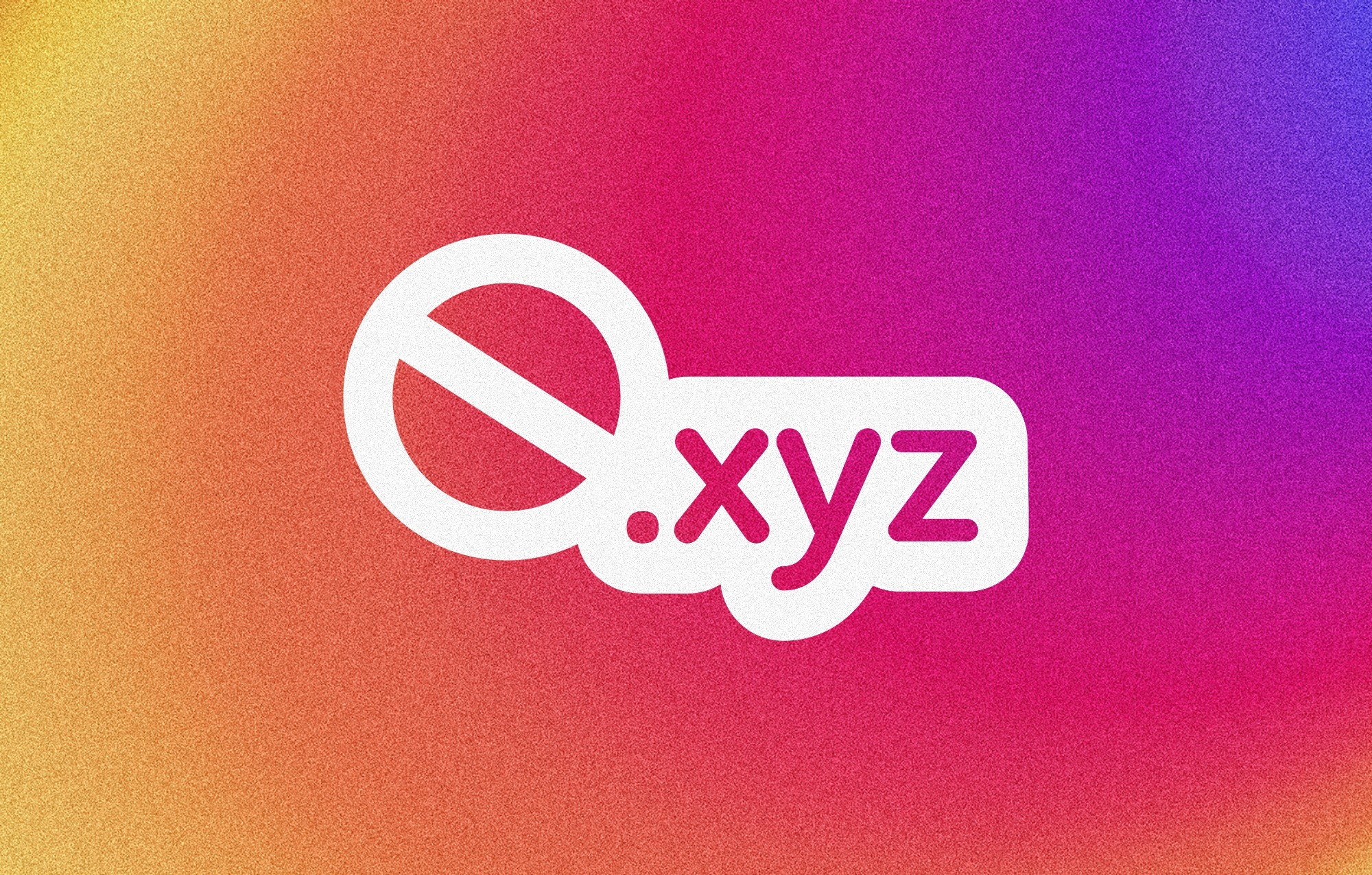
Choosing the right domain name extension (TLD) can feel like searching for a needle in a haystack. With hundreds of options available, it’s tempting to prioritise a catchy name over the technicalities. But let me tell you, folks, that oversight can come back to bite you, especially if you end up with a TLD that’s flagged by spam filters. That’s exactly what happened to me with my .xyz domain, and let me tell you, it was an experience I wouldn’t recommend.
The Dark Side of .xyz
For eight years, this website proudly sported a .xyz extension. It seemed trendy, affordable, and readily available. However, what I didn’t realise was the growing negative reputation associated with this TLD. Spammers and scammers caught on to its popularity, using it to launch illegitimate websites. This resulted in .xyz domains getting progressively flagged as UNTRUSTWORTHY TLD by spam filters like SpamAssassin particularly in the context of transactional emails.
The TLD Truth: Choose Wisely, Choose Well
So, what’s the takeaway for anyone venturing into the domain name wilderness?
Here’s my golden advice:
1. Stick to the Established Players
When it comes to TLDs, sometimes playing it safe is the smartest move. Opt for tried-and-tested extensions like .com, .net, .org, .co, and .in. These TLDs have been around for decades, building a solid reputation and widespread trust. This means spam filters are more likely to recognise and accept emails coming from these domains, minimising the risk of your emails being relegated to the spam or bouncing back altogether.
2. Do Your Research
If your dream domain name isn’t available with these popular extensions, don’t be tempted to jump ship to a lesser-known TLD without checking its reputation (which was totally my case). Utilise resources like SpamHouse to gain valuable insights into a TLD’s Abuse/Badness Score. This score indicates the percentage of domains within that TLD being used for malicious activities.
Decoding the Badness Index
A lower score is better! 🥳
For instance, .com boasts a score of 0.12, while .net sits at 0.11. These scores indicate a minimal association with spam, making them safe choices. On the other hand, .buzz currently has a score of 0.62, highlighting a significantly higher risk of being flagged as spam.
To illustrate the point, let’s compare the SpamHouse Badness Scores of .xyz and my new home, kumardeepak.me 🥰
- .xyz: Badness Index – 0.21 (Yikes!)
- .me: Badness Index – 0.08 (Much better!)

The difference is clear. By migrating to .me, I’ve significantly reduced the chances of my transactional emails landing in the spam folder, ensuring better communication and protecting my personal brand’s credibility.
With that said, it’s my personal learning from a real-life experience that went a little sideways. See, I went for a trendy TLD, thinking it was cool and unique. Turns out, it became a spam magnet, making my transactional emails look suspicious and hurting my online reputation. Ouch!
Your domain name is your online identity. Choose its TLD wisely, and avoid the pitfalls I experienced with .xyz. By following these tips and utilise the resources available, you can ensure your website and emails reach the right audience, loud and clear.
Don’t settle for a TLD that’s just okay. Take the time to research or invest in an expert consultation and unlock the full potential of your online presence. Contact me today for a free consultation, and let’s chart your course to a domain that truly represents you! 🎉